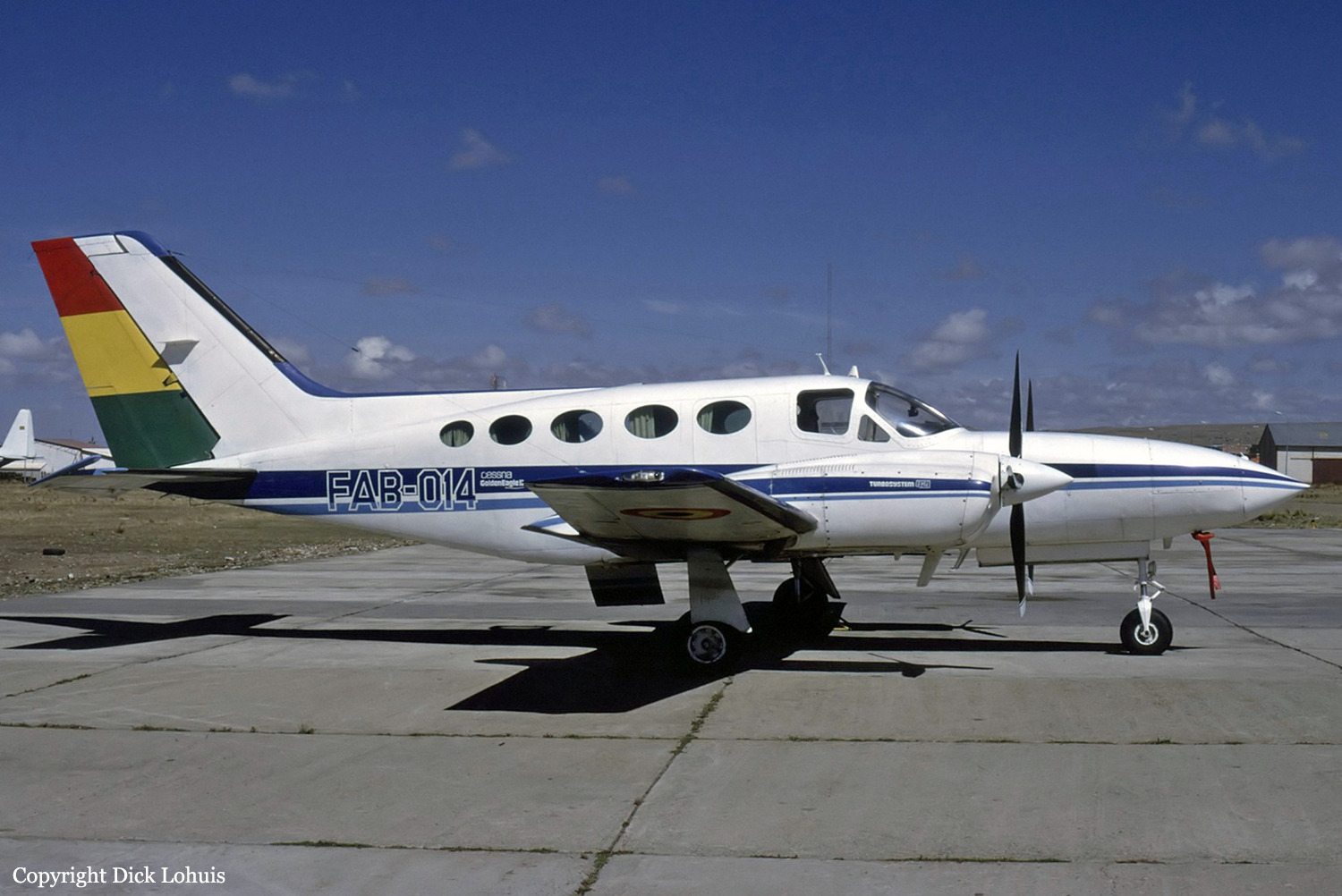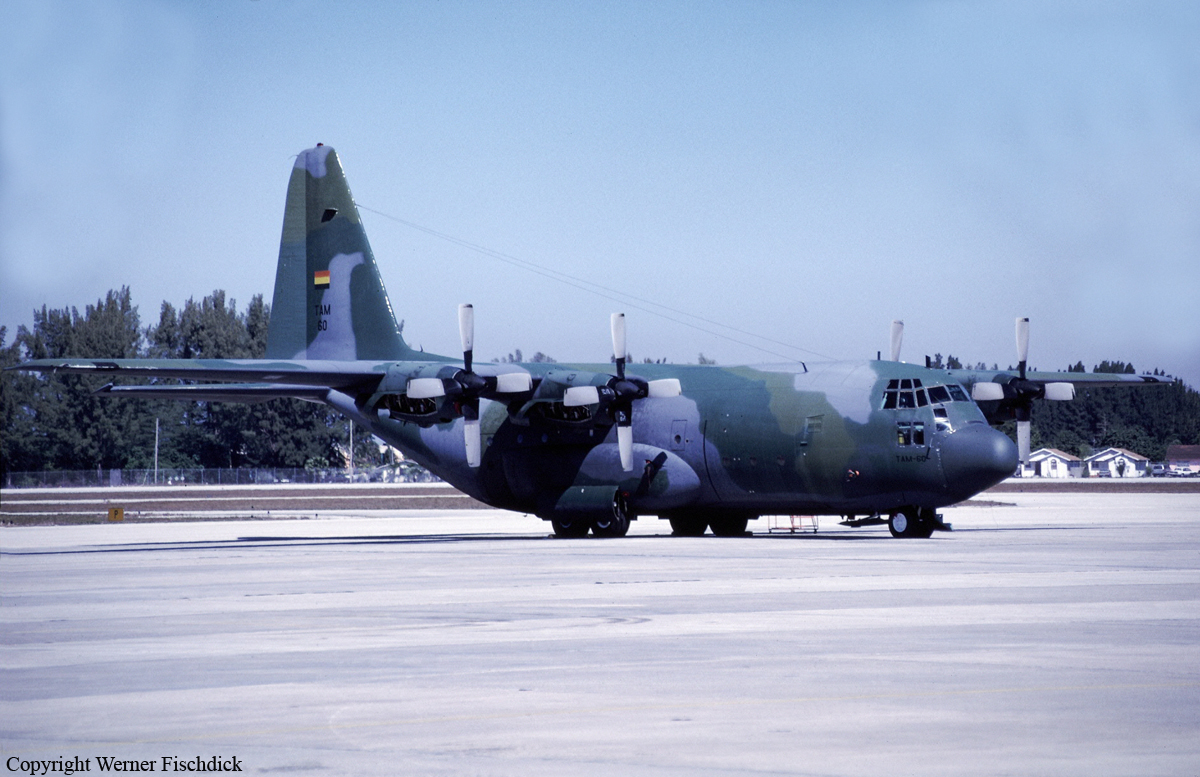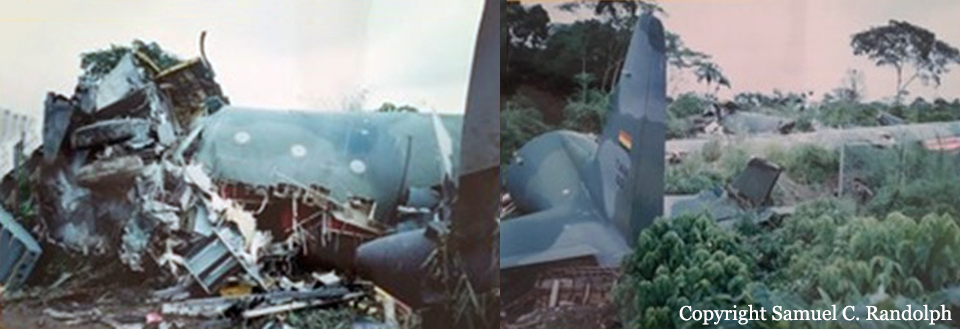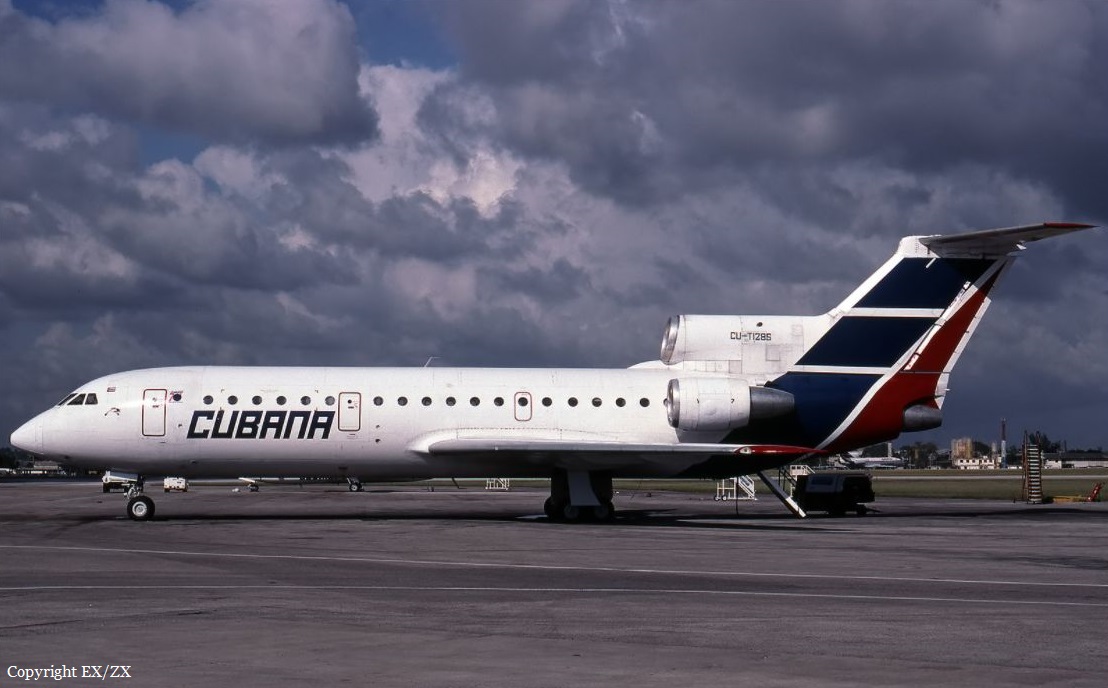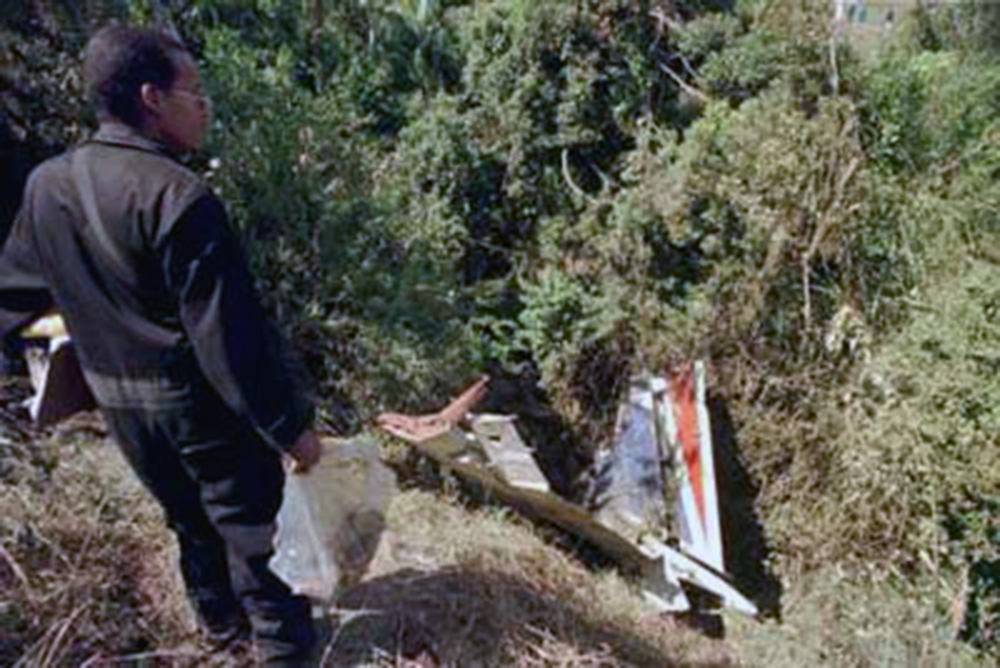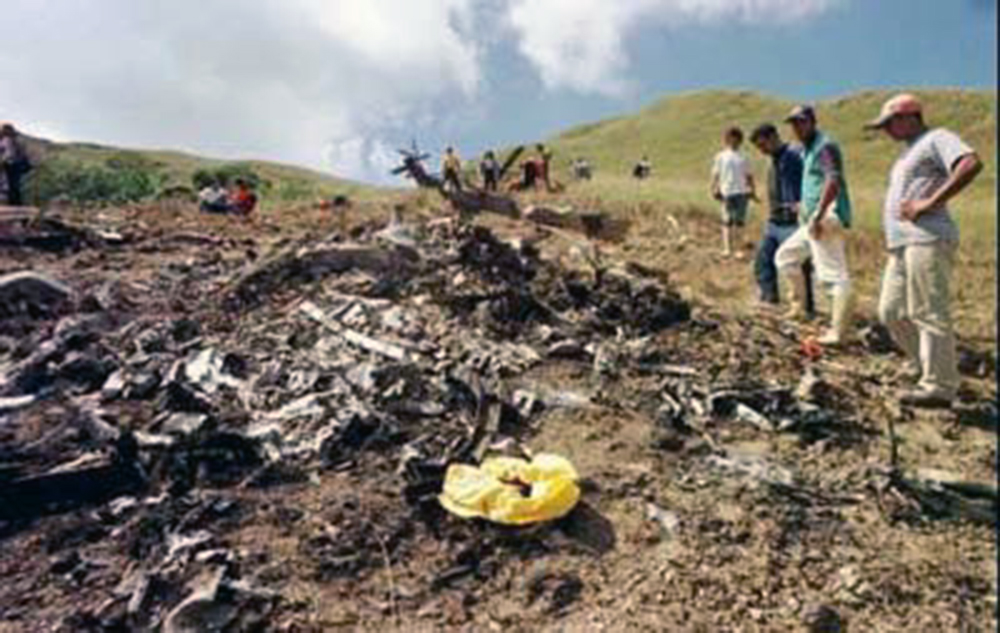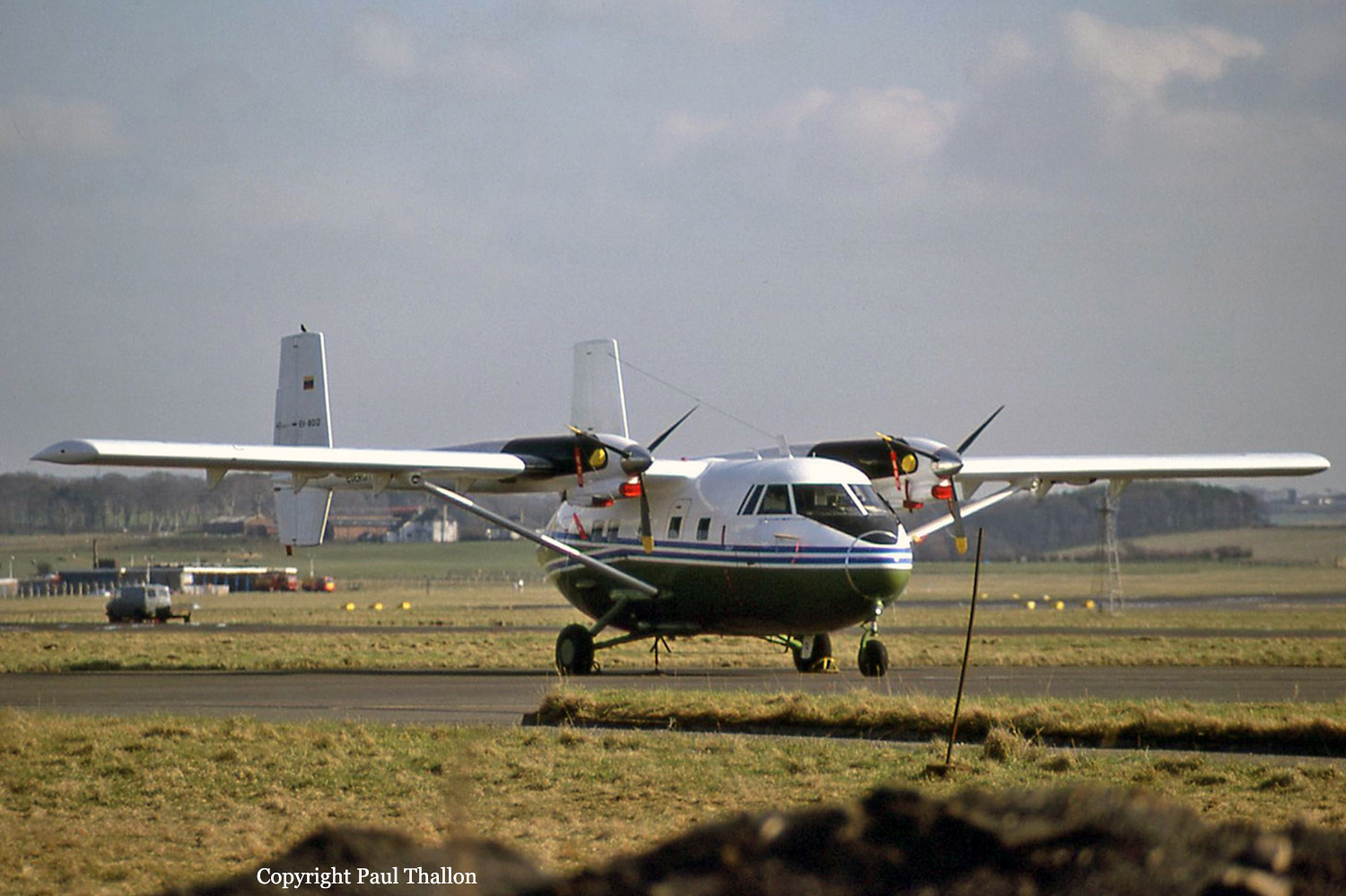Crash of a Cessna 421C Golden Eagle III in La Paz: 4 killed
Date & Time:
Apr 1, 2000 at 0950 LT
Registration:
FAB-014
Survivors:
No
Schedule:
La Paz - Santa Cruz
Crew on board:
2
Crew fatalities:
Pax on board:
2
Pax fatalities:
Other fatalities:
Total fatalities:
4
Circumstances:
The twin engine aircraft departed La Paz-El Alto Airport on a flight to Santa Cruz, carrying two pilots and two technicians. After takeoff, the crew declared an emergency after the right engine failed during initial climb and was cleared to return. On final, the aircraft crashed 500 metres short of runway, bursting into flames. All four occupants were killed.
Probable cause:
Failure of the right engine during initial climb for unknown reasons.
